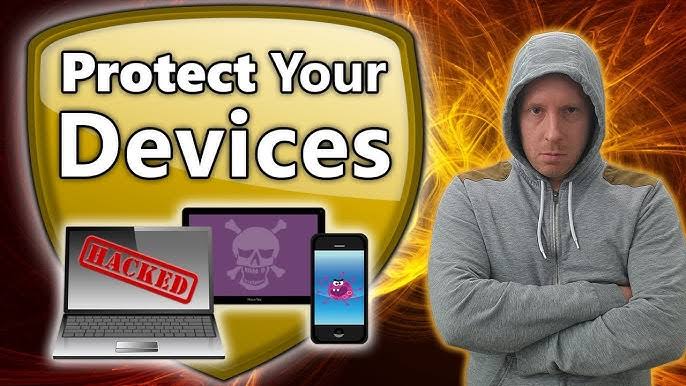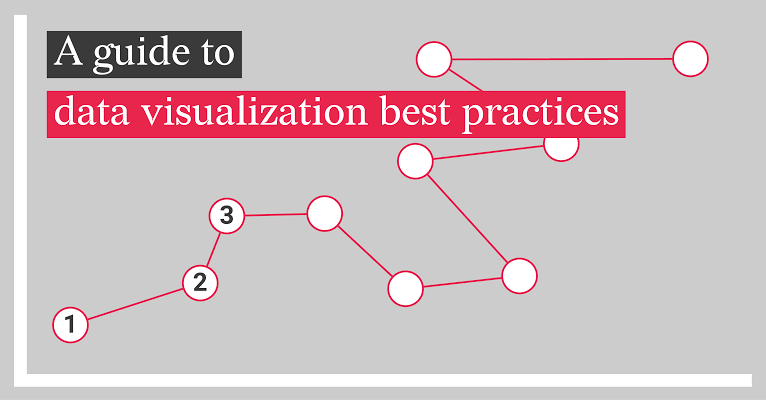Technology has become a central part of everyday life. From smartphones and laptops to smart home devices, people are constantly connected to the internet. While this connectivity makes life easier, it also exposes individuals to cyber risks. Hackers are always finding new ways to exploit devices, steal personal information, or disrupt daily activities. Protecting your tech from hackers is not just a concern for businesses; it is equally important for individuals who use technology for banking, communication, shopping, and work. Knowing how to defend your devices is the first step toward maintaining digital safety.
Use Strong and Unique Passwords
Weak or reused passwords remain one of the easiest ways hackers gain access to devices and accounts. Using strong, unique passwords for every service reduces the risk of unauthorized entry.
Tips for stronger passwords include:
- Create long combinations with at least 12 characters
- Mix uppercase and lowercase letters, numbers, and special symbols
- Avoid common phrases, birthdays, or names
- Never reuse the same password across multiple accounts
Using a password manager can make this process easier by securely storing and generating complex passwords without the need to memorize them all.
Enable Two-Factor Authentication
Two-factor authentication (2FA) adds an extra security layer beyond passwords. With 2FA, logging into an account requires a second step, such as entering a code sent to a smartphone or using a biometric scan like a fingerprint.
Benefits of two-factor authentication:
- Protects accounts even if a password is stolen
- Reduces the risk of unauthorized logins
- Offers a mix of convenience and security with mobile-based codes or apps
Enabling 2FA on email, banking, and social media accounts significantly improves protection against hackers.
Keep Your Software Updated
Outdated software often contains security vulnerabilities that hackers can exploit. Regular updates for operating systems, apps, and antivirus programs fix these weaknesses.
Key update practices include:
- Enable automatic updates on smartphones and computers
- Regularly check for firmware updates on routers and smart gadgets
- Install patches for browsers and commonly used applications
By keeping devices updated, users close off potential entry points for hackers.
Use Reliable Antivirus and Security Software
Antivirus software provides an essential line of defense against malware, ransomware, and spyware. It constantly scans devices to detect and remove harmful programs.
When choosing antivirus software:
- Select a trusted and reputable provider
- Enable real-time protection features
- Regularly update virus definitions to detect new threats
- Use firewalls for additional network security
Pairing antivirus with built-in security features on devices helps create multiple layers of protection.
Secure Your WiFi Network
A weak WiFi network is one of the easiest ways hackers can gain access to personal data. Securing home internet connections is critical in protecting devices.
Steps to secure WiFi include:
- Change the default router password to a strong one
- Enable WPA3 or WPA2 encryption
- Hide the WiFi network name from public view
- Use a guest network for visitors to keep main devices safe
A secure WiFi setup ensures that hackers cannot easily intercept private information.
Be Cautious with Emails and Links
Phishing attacks remain a common strategy for hackers. These scams often arrive as emails or messages that trick users into clicking malicious links or providing personal information.
How to avoid phishing scams:
- Double-check the sender’s address before opening links
- Avoid downloading attachments from unknown sources
- Look out for spelling errors or urgent requests in suspicious emails
- Never provide passwords or banking details through email
Being alert when interacting with online messages can stop many hacker attempts.
Use a Virtual Private Network (VPN)
A VPN encrypts internet traffic, making it difficult for hackers to spy on online activity. This is especially important when using public WiFi networks, which are often less secure.
Benefits of a VPN include:
- Protecting personal data on unsecured networks
- Hiding browsing activity from potential cybercriminals
- Adding an extra privacy layer when accessing sensitive accounts
While not a complete solution, VPNs reduce exposure to cyber risks in high-risk environments.
Regularly Back Up Data
Even with strong protection, no device is completely safe from cyberattacks. Regular data backups ensure that important files can be recovered in case of ransomware attacks, hardware failure, or accidental deletion.
Backup best practices include:
- Use external hard drives for offline backups
- Store copies of important files on cloud storage services
- Schedule automatic backups to reduce human error
Having multiple backup options ensures peace of mind against data loss.
Secure Smart Home Devices
Smart gadgets like cameras, thermostats, and voice assistants are popular targets for hackers. Since many of these devices are connected to the internet, they need proper security.
Ways to secure smart devices:
- Change default login details immediately
- Keep firmware updated
- Connect devices to a separate WiFi network
- Disable features not in use, such as remote access
Securing smart home devices prevents hackers from using them as entry points into larger networks.
Practice Safe Browsing Habits
Beyond technology tools, personal habits also play a role in security. Safe browsing ensures hackers have fewer chances to exploit careless actions.
Good browsing practices include:
- Only visiting secure websites with HTTPS
- Avoiding downloads from unverified sources
- Using privacy-focused browsers with built-in security features
- Logging out from accounts after use on shared devices
Safe online behavior combined with security tools greatly reduces hacking risks.
Conclusion
Protecting your tech from hackers requires a combination of strong tools and responsible habits. From using secure passwords and two-factor authentication to updating software and securing WiFi networks, each step strengthens your digital defense. Adding layers of protection with antivirus, VPNs, and backups further ensures safety.
Hackers are always evolving their tactics, but with the right strategies, individuals can stay ahead of these threats. By practicing safe browsing, securing smart devices, and remaining cautious online, technology can be used confidently without constant fear of cyberattacks.



